Polish designer Oskar Zieta has created a public sculpture in Wrocław using an inflated steel technique he plans to use for larger works of architecture.
Zieta calls this technique FiDU, or freie innen druck umformung in German, which roughly translates to internal pressure forming. It is a process he developed while studying in ETH Zurich in the early 2000s and has continued to evolve.
“It is by far the most elastic tool-less metal forming technique ever,” Zieta told Dezeen. “It allows us to create innovative, customized bionic shapes and fully recyclable objects using quite efficient mass-production processes and individualized changing methods.”
Zieta used the approach to create his Plopp stool for Danish manufacturer Hay in 2008. Ever since then, his ambitions for FiDU have grown.
“Durability tests conducted on the Plopp stool gave surprising results,” he said. “A stool is weighing just a couple of kilograms can endure a load of 2.6 tons. This is the burden of a full-grown two or 2 little cars. This compels us to create things which are not just beautiful but also technologically exceptional.”
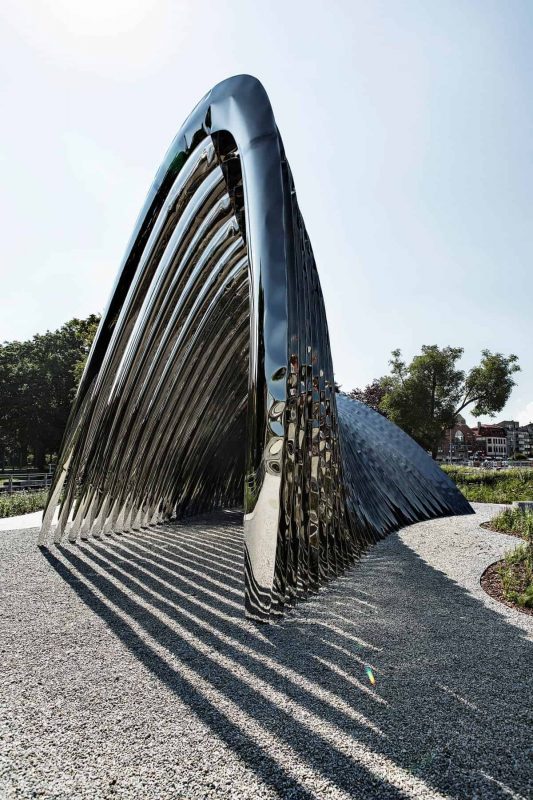
That drive caused Nawa, which stands 7.5 meters tall, and Wir, a 24-meter-high sculpture that fills the atrium of a shopping center. Now, Zieta is researching the architectural potential of this technique.
“Such structures can be used as bearing components and construction components, merging beauty and functionality,” explained Zieta.
“Currently we are intensely working on implementing FiDU in design as facade elements, and in the sector as ultralight structures. Additionally in mining as volumetrically expanded steel profiles.”
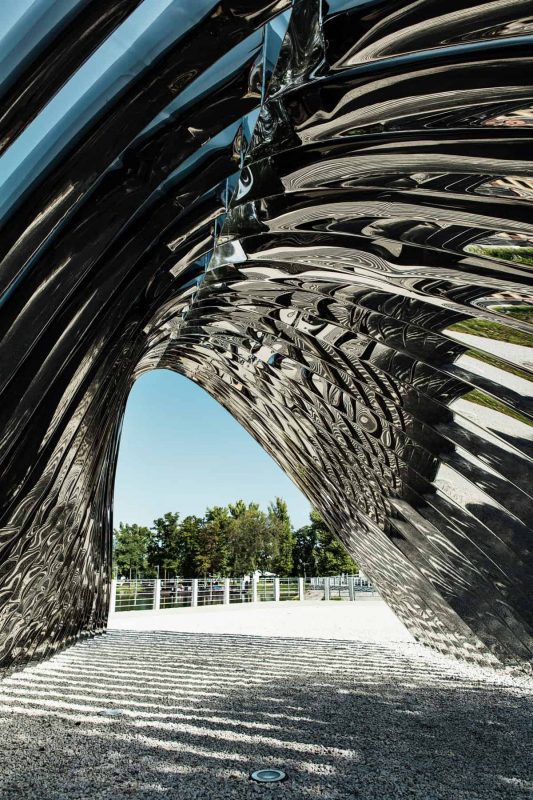
Nawa was built in Daliowa in 2017 as a member of an initiative to revitalize the island, where visitor numbers have been in decline. It will stay there as a permanent installation.
Its polished steel surface reflects its environment, altering the sculpture‘s appearance through the afternoon, while the arched shape is intended to seem organic like it could have”grown right from the ground”.
A parametric design procedures led to Nawa’s closing shape — Zieta compacted parameters concerning the desirable size and shape into software, which determined that the best form of this item.
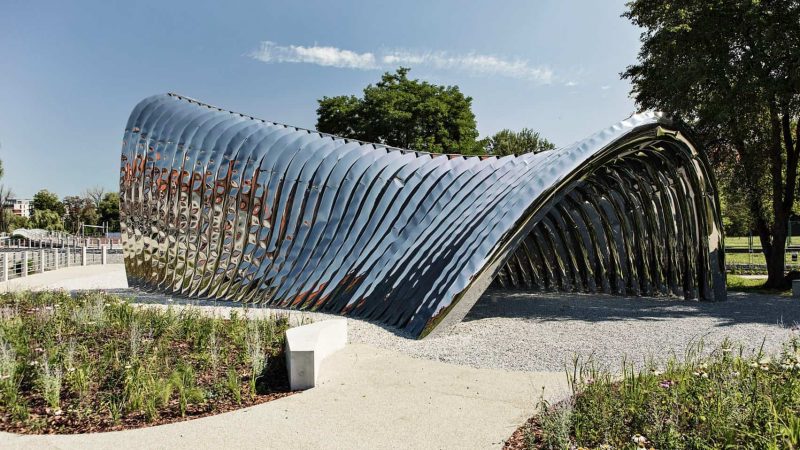
Nawa has now been set up for a year, and Zieta said it’s been embraced by the residents of Wrocław.
“At first, many people were cautious,” he said. “New jobs often provoke mistrust, but shortly after the opening the island has become living.”
“Families, groups of friends, people seeking rest using a publication started to come there, and at the evenings’ couples began to appear on intimate walks,” he continued.
“Today, a lot of people can’t imagine this place without Nawa, which has become a part of the surroundings and also a point on the map of many tourists from the country and the whole world.”
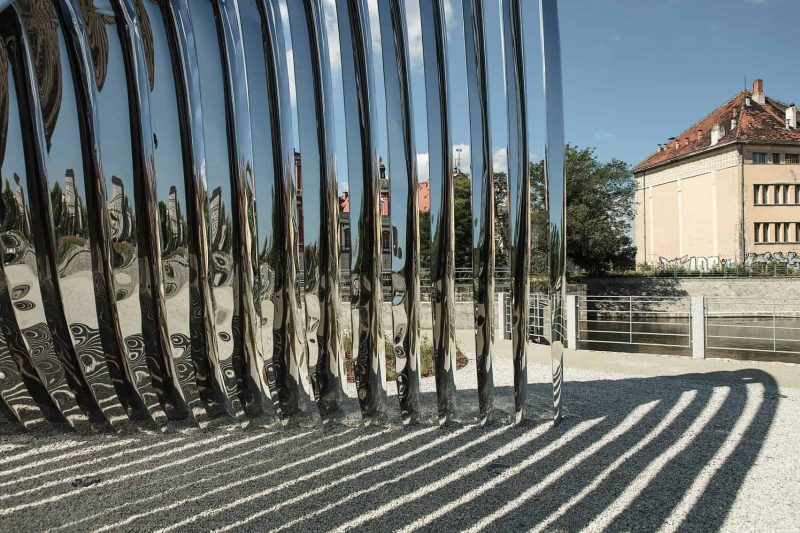
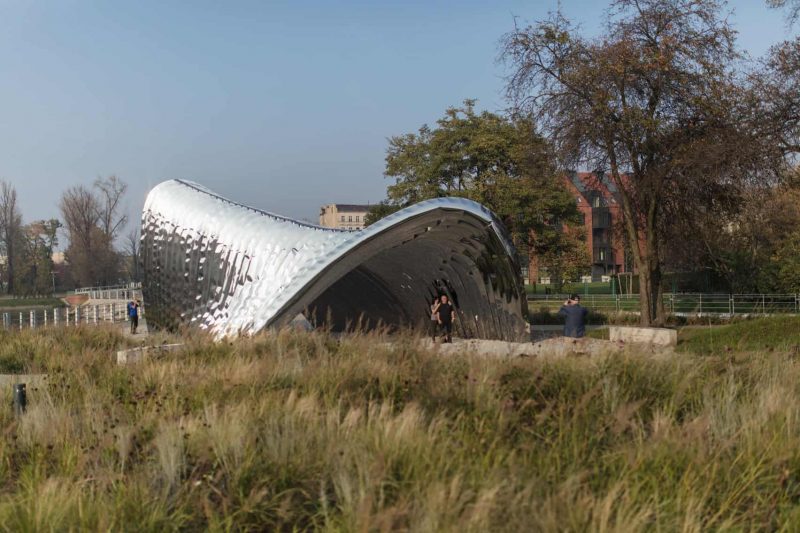
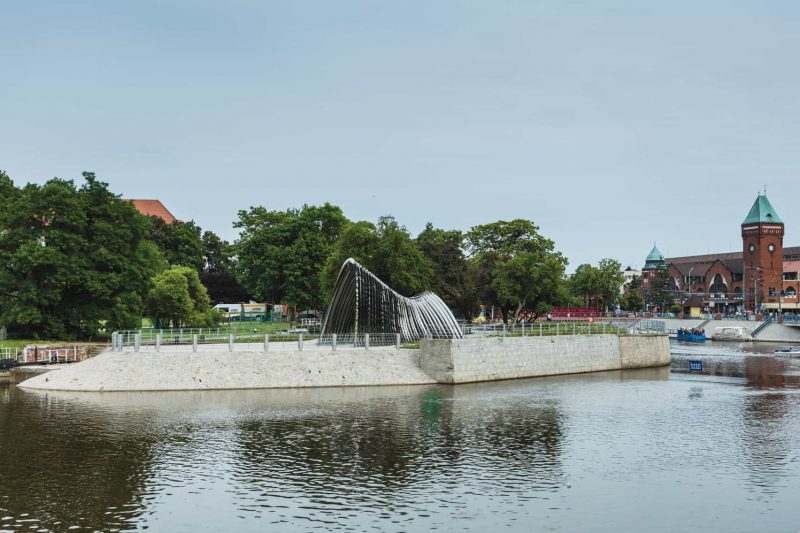
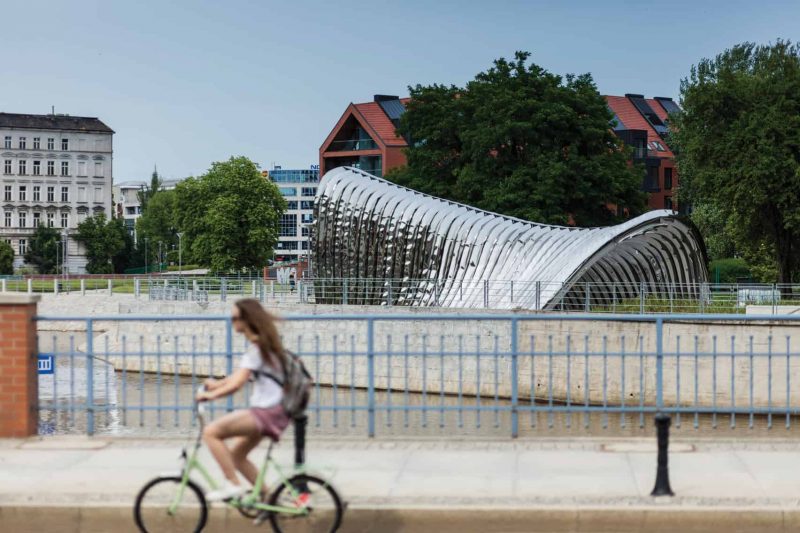
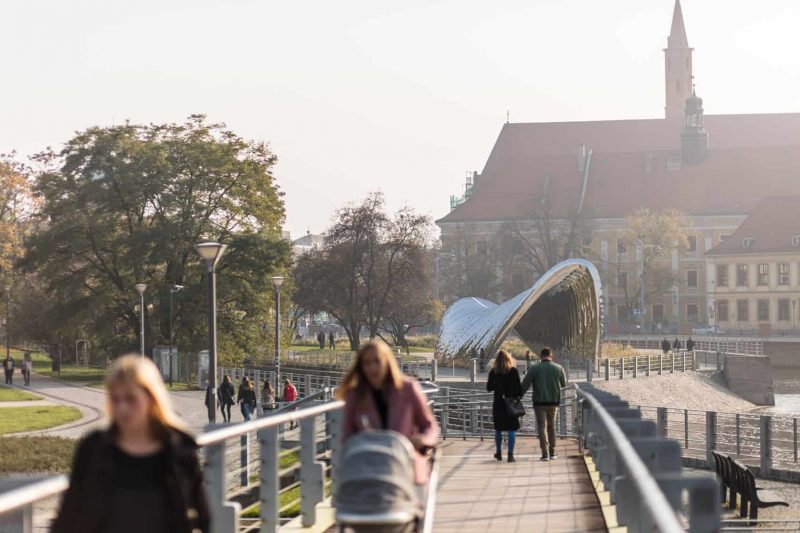
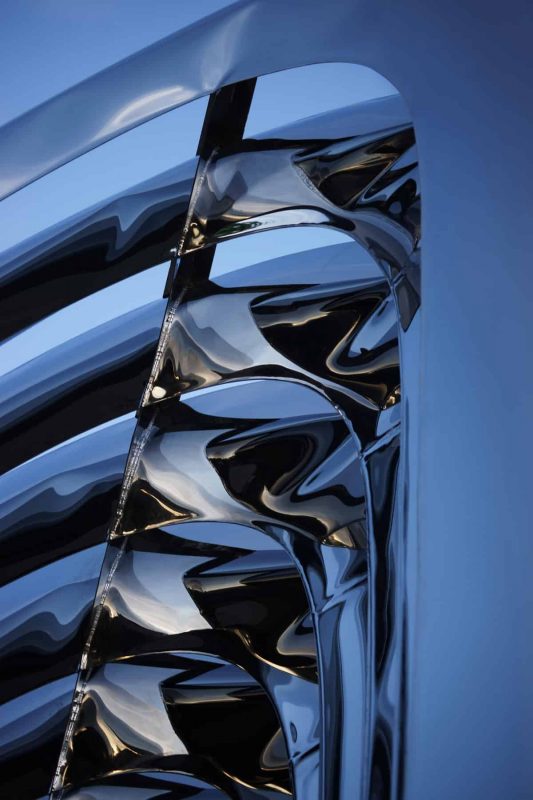
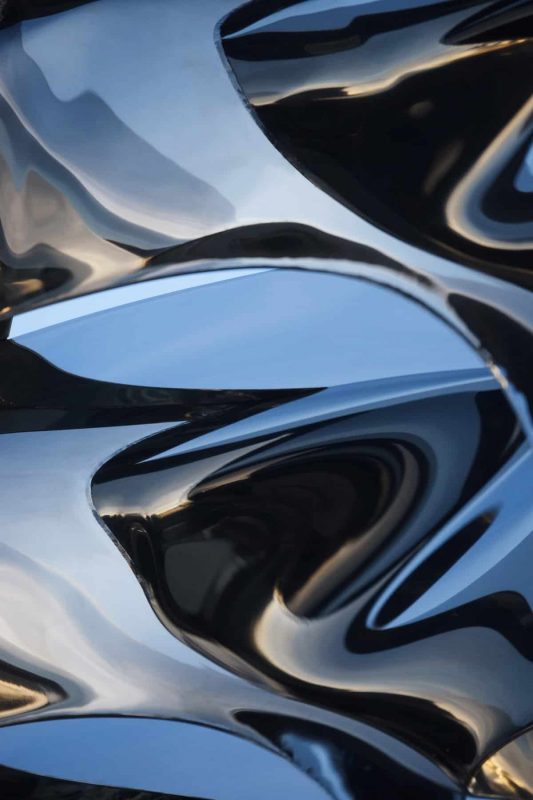
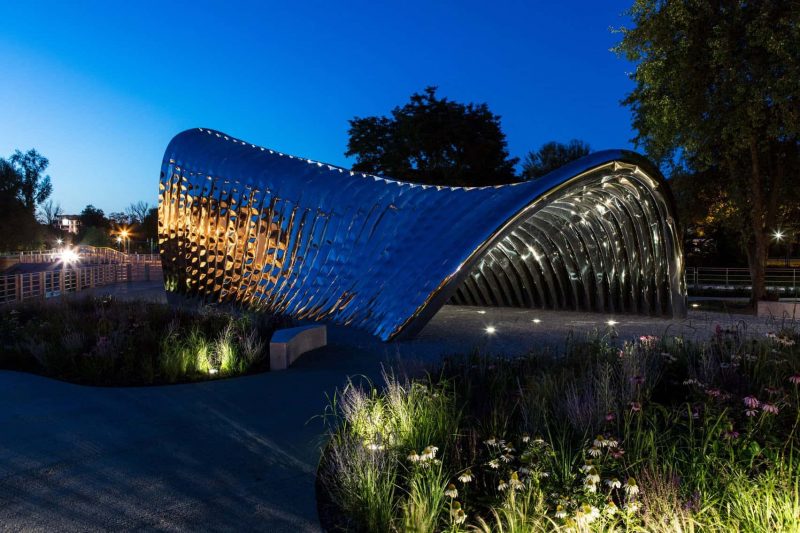
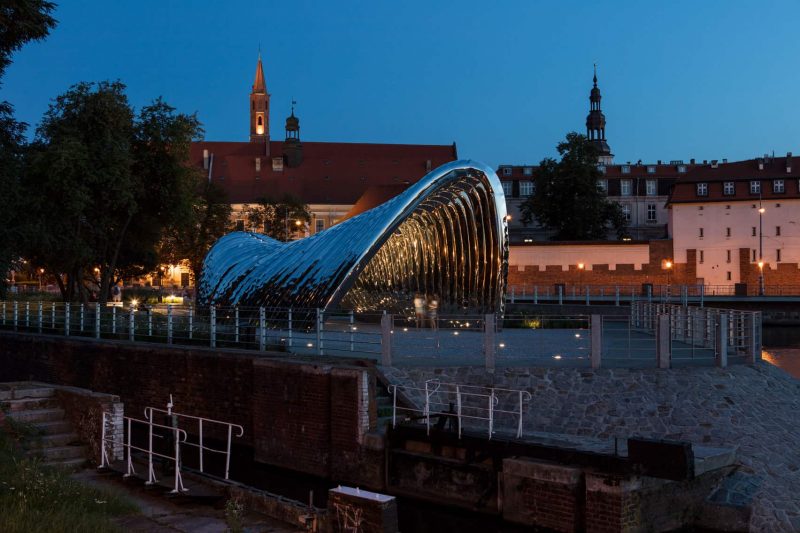
H/T dezeen
The post Designer Oskar Zieta’ Daliowa Island Pavilion in Wrocław appeared first on FREEYORK.
No comments:
Post a Comment